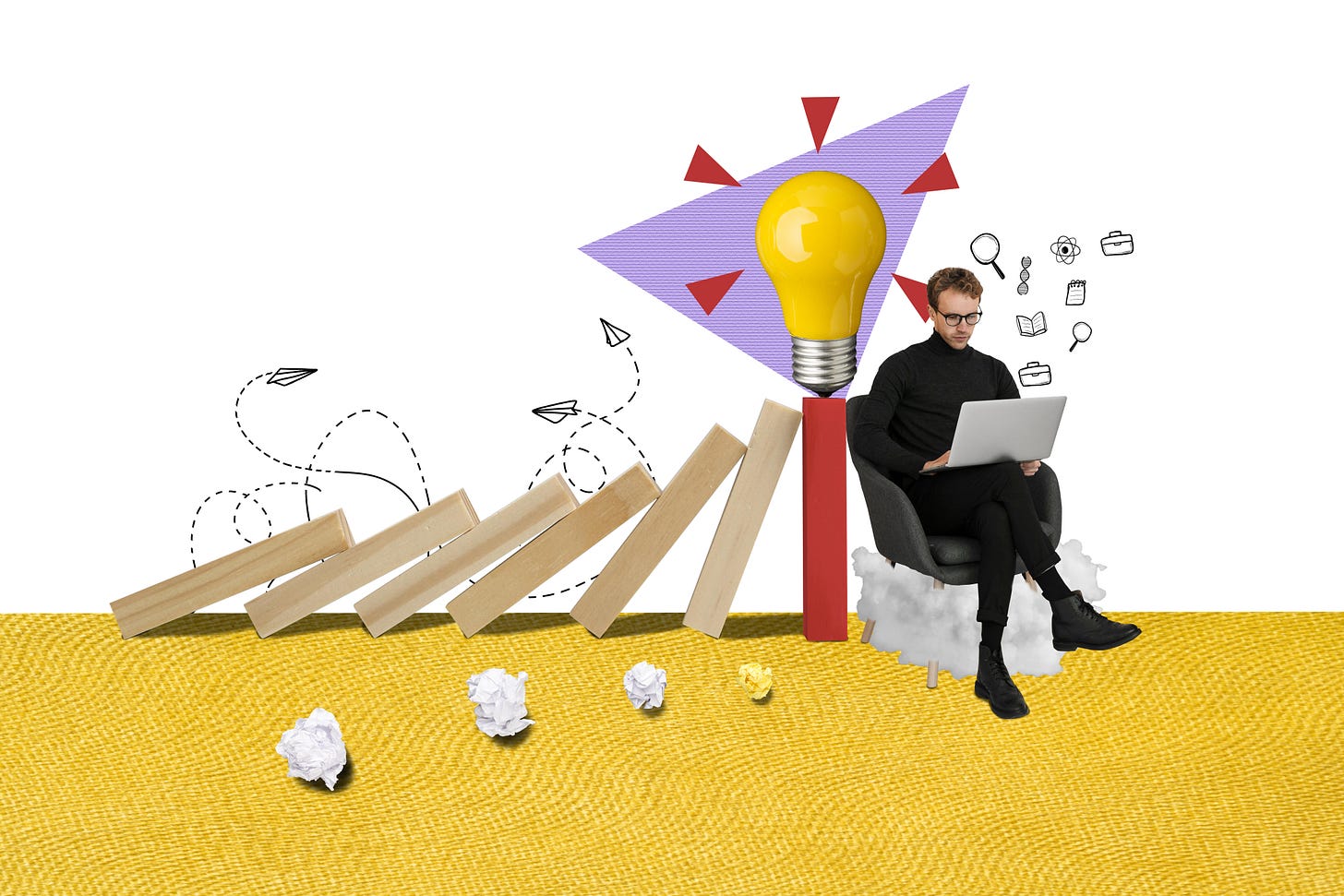Productivity paranoia, creativity, and the tension that follows
Exploring the impact of surveillance on creativity.
As creatives, we are always looking for ways to boost productivity. But aren’t we all too familiar with conventional productivity tips and how they continue to fail us? It would seem the higher-ups would have come up with better ways to deal with it. Turns out, for the most part, they haven’t.
So…what’s productivity paranoia?
Satya Nadella decided to coin this term to explain the angst and anxiety that managers feel about the rank and file’s productivity, in the context of remote and hybrid work models. But, doesn’t it seem that the employee surveillance problem infects us whether we work from home or at the office?
I know what you are thinking - what does employee surveillance have to do with creative jobs? My manager doesn't track how many pixels I have pushed, or how many copies I have scribbled, or how many brushstrokes I have… guess I didn’t think this through. Anyway, what does employee surveillance look like when the employees are creatives?
There’s a problem with thinking like this. It implies that jobs that can be surveilled are strictly non-creative. Haven’t we all heard from our programmer friends about how their manager judges their performance with the number of lines of code they have written, or a teacher by how many of their students score well, or data analysts by how many data points they plow through?
So how is it that the productivity of professionals who function solely on creativity, like copywriters, designers, and video editors are measured with numbers? Now, don’t get me wrong, I am not saying that deadlines and TATs have no place in creative professions, or they wouldn’t be professions to begin with.
The tensions arise when the need to surveil, monitor, document, and track the progress of every task overpowers the creative process itself.
What’s productivity got to do with it?
We have all had our run-ins with the highly “creative” types. Those who like to think out loud, brainstorm, and ideate a bit too much to the point where the actual work of executing those ideas suffers. They seem to have no sense of time, or at least do not respect it, whether theirs, their colleagues, or the clients’. It’s a tale as old as time. You have just built the perfect content calendar for your dream client, and someone thinks of an entirely new strategy, or you just wrote the perfectly crafted copy, one that would make your mom proud, and voila, someone just thought of a “better” idea for the post, rendering all your hard work useless.
To be clear, some of these ideas do turn out to be really good, but just as we are comfortable with dropping the really bad ones, we should be comfortable with dropping the good ones as well - when they become a threat to the very thing we claim to be doing as creatives - delivering innovative solutions to specific problems.
Didn’t someone say - “The perfect is the enemy of the good”? Was it Charlie Sheen? Anyway, this is where carefully crafted interventions come in. Are we on the right track with how much time we have? Are we ensuring that our ideas don’t put our colleagues on the spot with a rushing deadline? Or are we delivering as Confuscious said, a pebble without any flaws instead of what we should be delivering - a diamond with some flaws we can all live with?
Diffusing the tension
As always, the answer tends to be somewhere in the middle. Bursts of creativity and ideation, followed by carefully making sure we are still rushing down the right path - to delivering a creative solution, that innovates, and more importantly, works.







